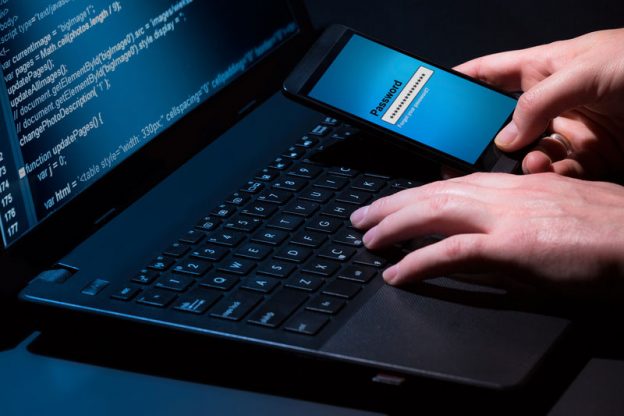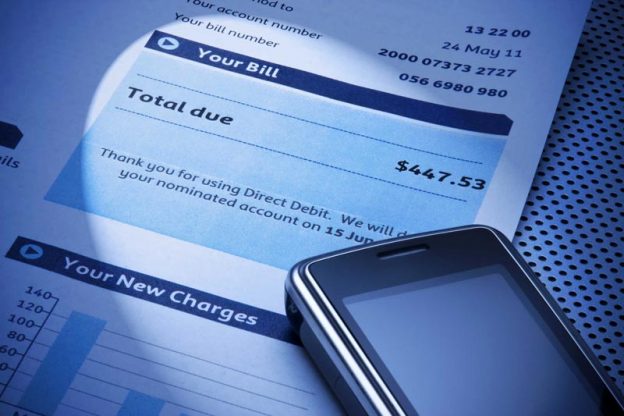I was of late contacted by one of the largest chat line operators, and they told me they were receiving a huge number of very short calls. Since The Chatline Guide is one of their largest exposure avenues, they wanted to check if I knew anything about this. I had no idea. They then asked me to swap the numbers for new ones to check if there was any difference. And in fact, they were able to confirm that the spam phone calls were coming from the numbers posted on this site. I went online and started to investigate phone spam attacks and found out there has been many cases regarding this. In our case, a TDoS was launched against some of the major chat lines listed on the ChatlineGuide.com’s singles page.
What is a TDoS Attack?
A telephone denial-of-service also known as phone bombing or voice spam assault is one that a small number of organizations know, and many are shocked to hear they are vulnerable. In actual fact, these attacks are practically difficult to avoid. They disable phone systems, in spite of whether they are premises-based, hosted, VoIP-based or time-division multiplexing (TDM)-based.TDoS attacks are frequently part of a blackmail scheme: A person requests payment after that launches an incessant stream of calls that stop regular calls till payment is acknowledged. Ordinarily, the assaults begin and stop indiscriminately until the payment is paid. Common targets comprise government offices, hospitals, and public-welfare answering point agencies.
TDoS attacks are close to Internet DDoS attacks that topple websites with overpowering IP traffic. Every Internet-linked server is prone to a DDoS attack, as well as telephone systems. As a webmaster, I was aware of DDoS attacks I had even been a victim of DDoS attacks in the past however TDoS attacks were new to me.
TDoS bouts target phone numbers instead of IP addresses. The attack can make use of the public transferred telephone system, rather than the Internet that makes TDM tracks just as vulnerable as Voice over IP (VoIP). There are numerous methods to make calls that it is very hard to protect against this kind of assault. Calls can originate from whichever city or Automatic Number Identification, hence theres no trustworthy technique that can correctly recognize and screen fake calls from genuine calls.
The Internet makes phone bombing easy to start and make it low-cost than ever to call. All it requires is an embezzled credit card. Bear in mind, these calls do not, in fact, pass any broadcasting streams. Hence they can scale resourcefully. Joined with common methods for caller-ID hoaxing, these uncomplicated attacks can destroy a company’s communications system.
Carriers are in the same way destitute in attack deterrence and alleviation. Theres no system to block the source since it can be distinct with every call. Making use of a hosted supplier is not safe also. An assault on one firm could even impact other unconnected organizations on the same supplier when it comes to shared trunking.
TDoS Attack Mitigation
A lasting solution will involve major modifications in existing communications structures. For now, there are some ideas on how to moderate a TDoS attack. To reduce the effect of assault, it is good for a business to isolate its physical trunks into diverse groups in order that a particular number cannot link all of its volumes. As well, telecom and network engineers ought to elect specific trunks for outbound calls or make sure they arent shared with issued numbers.
In the course of a TDoS attack, it is recommended that firms make in-depth notes of the assailants’ instructions and demands. Preferably, victims ought to record all dealings with the suspects. Businesses should try to record the start and finish periods and the data from the phone calls. Logs ought to gather information for instance IP addresses and caller IDs and protect it. You should report to the police as well.
Lasting answers are being assessed. They will perhaps consist of stiffened rules directed at curbing phone bombing, along with bigger penalties for those sentenced. There are several debates around layer network developments to add more responsibility, traceability, and control in the system. There is as well a method employed by websites that safeguards sessions to licensed domains. This answer is restricted to businesses that can limit requests to and from identified parties. Hence this regrettably will not help most companies.
Some likely resolutions to TDoS attacks entail IP multimedia subsystem beckoning that is used in a good number of carrier networks. Since the attack, the phone bureaus that control the chatlines have implemented security measures to prevent this type of attack.
The vital near-term stride is to know that all establishments are susceptible and that such assaults are growing. Enterprises ought to take steps to alleviate the likely impact till a lasting solution can eradicate the threat.


 In 1982, AT&T agreed that it would cease controlling the Bell System. This opened up the market for a wide number of vendors, which in turn weakened regulatory capacities across the board. Instead of having one vendor for both short and long distance calls, subscribers had to migrate to a new system that differentiated the two and allotted different points of purchase of service. In doing this, the industry opened up a chasm for unscrupulous vendors to insert charges in bills that did not exist. The problem was so widespread that by 2007,cramming was the 4th most prevalent complaint among consumers of goods and services in the USA. Apparently, it became the perfect scam because only one in 20 people can see what is coming before it gets too late. And those who notice it simply dismiss the anomaly because ‘it is just a few cents, after all’. For a long time, this crime was perpetuated by use of
In 1982, AT&T agreed that it would cease controlling the Bell System. This opened up the market for a wide number of vendors, which in turn weakened regulatory capacities across the board. Instead of having one vendor for both short and long distance calls, subscribers had to migrate to a new system that differentiated the two and allotted different points of purchase of service. In doing this, the industry opened up a chasm for unscrupulous vendors to insert charges in bills that did not exist. The problem was so widespread that by 2007,cramming was the 4th most prevalent complaint among consumers of goods and services in the USA. Apparently, it became the perfect scam because only one in 20 people can see what is coming before it gets too late. And those who notice it simply dismiss the anomaly because ‘it is just a few cents, after all’. For a long time, this crime was perpetuated by use of